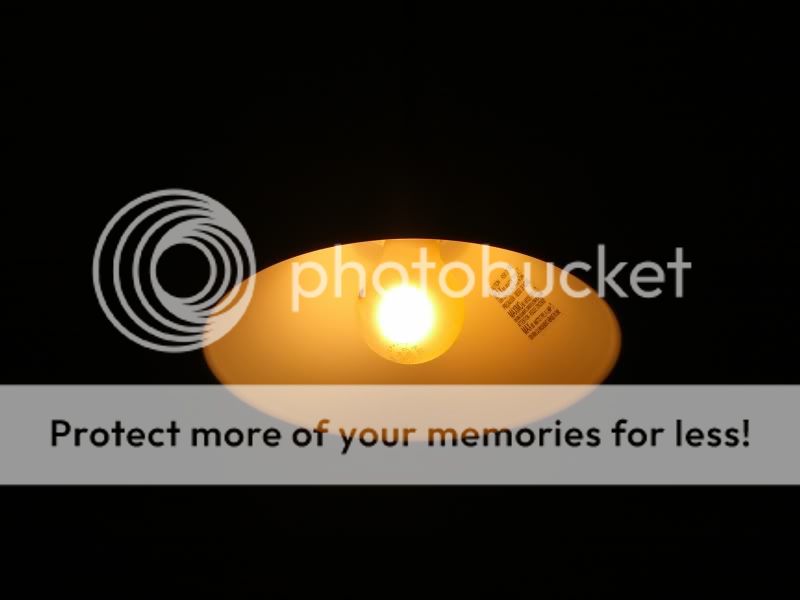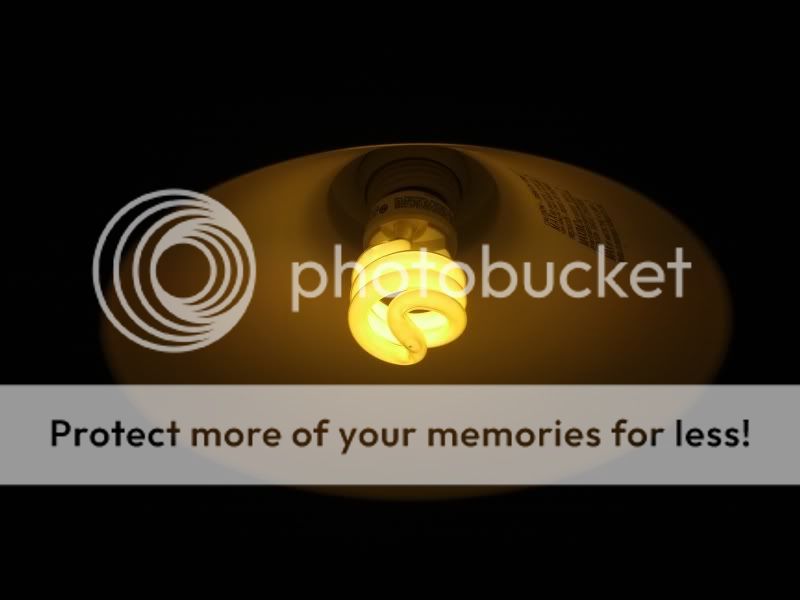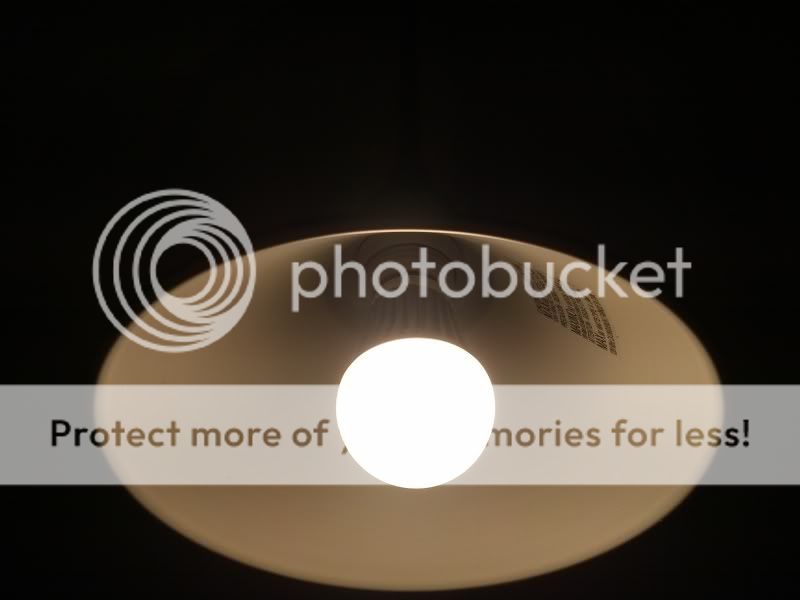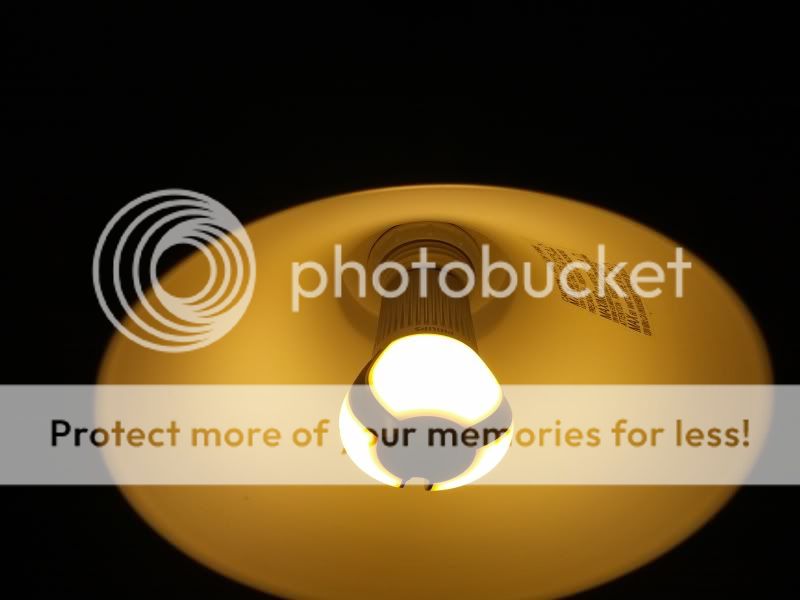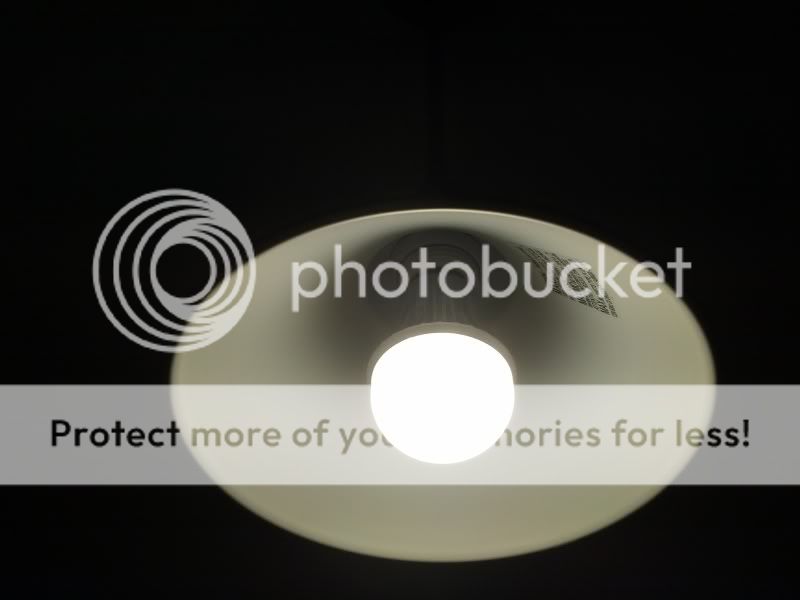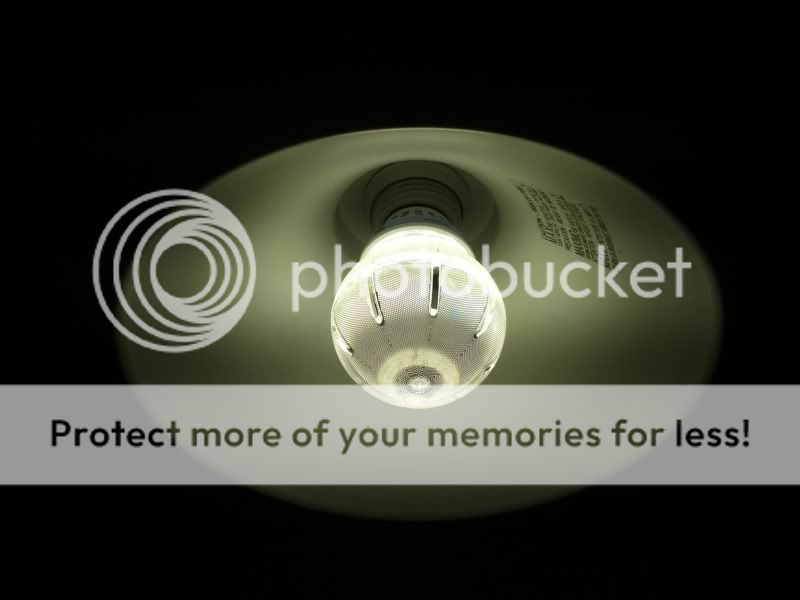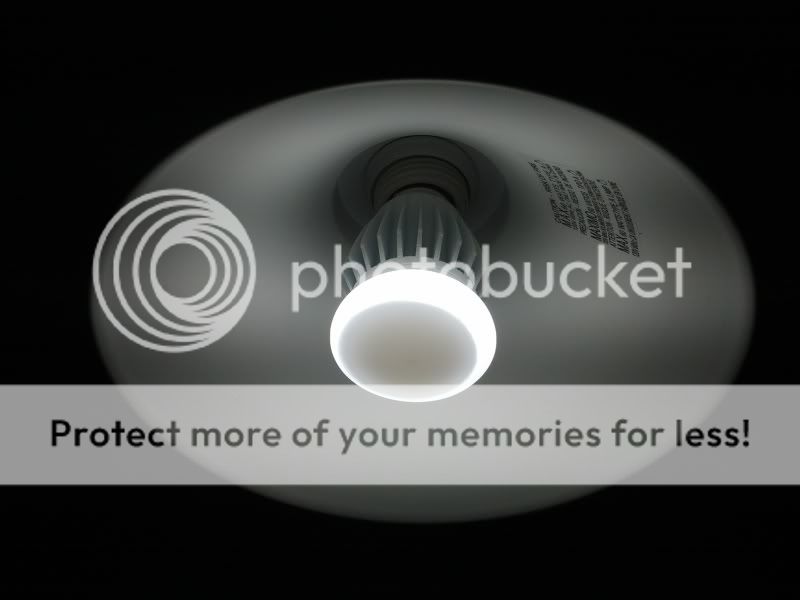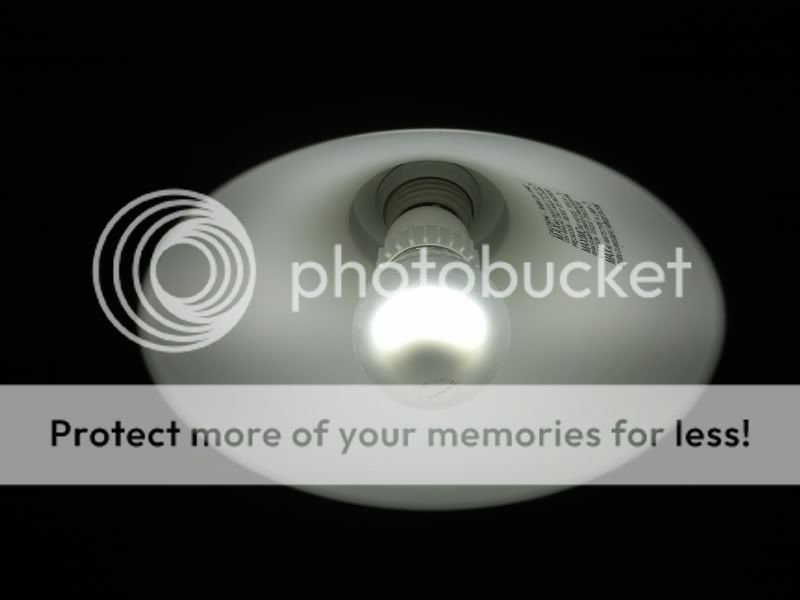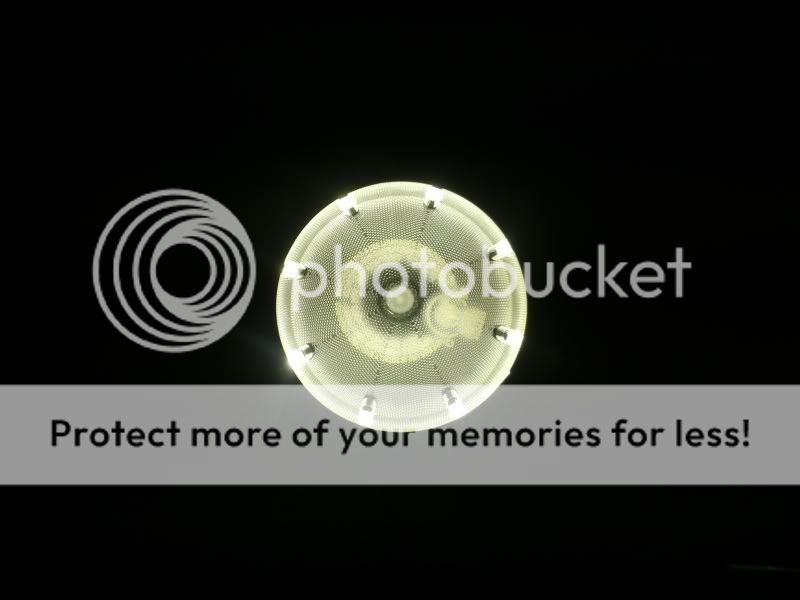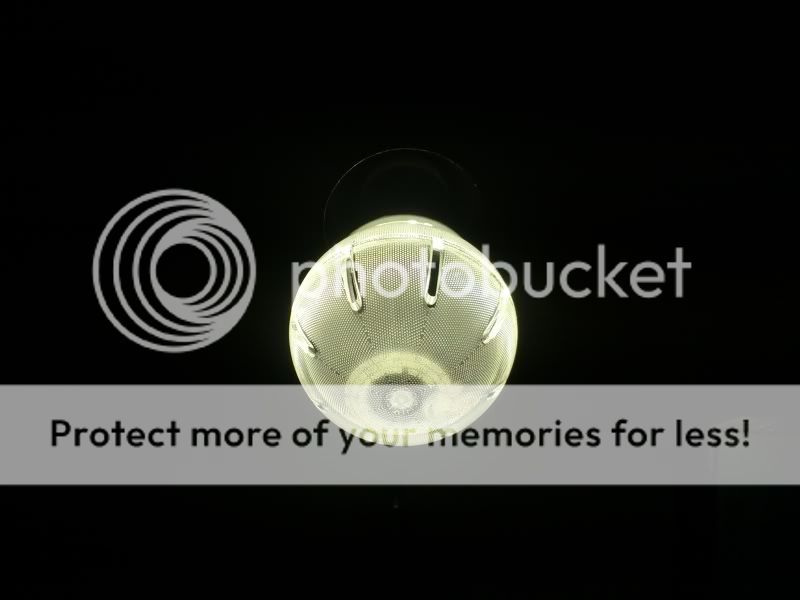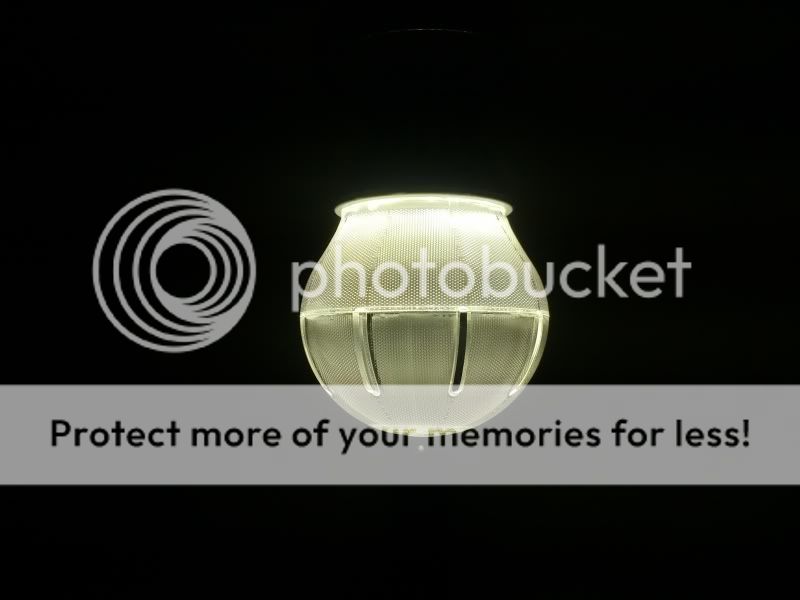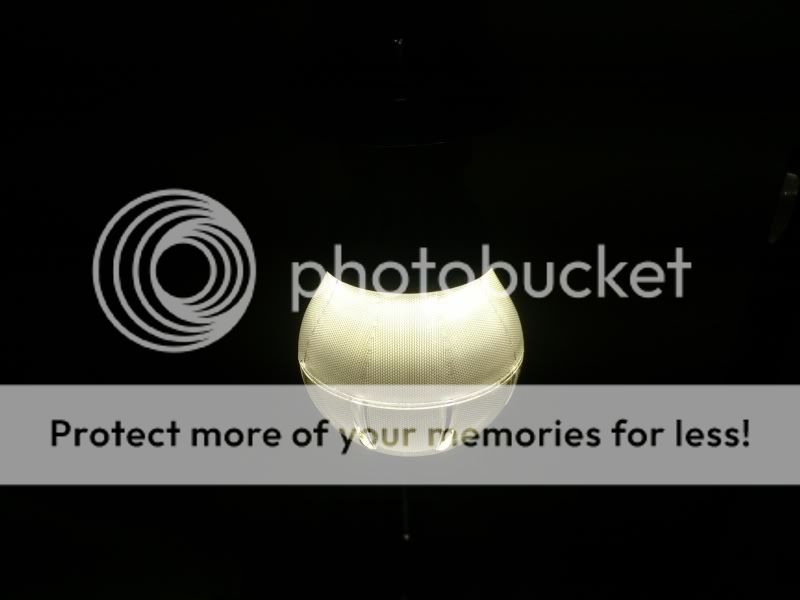idleprocess
Flashaholic
Seen some mention of this model, but recall nor found no dedicated threads.
I was always curious about the 3M bulb, never saw one on Wal-Mart shelves, and since they didn't make very clear what "cool white" was I assumed it was 5000K like everyone else. Then I actually looked at the specs and was that it was my preferred color - 4000K. $25 and a trip to Wal-Mart later placed one in my hands.
At $25, the price is too high in today's market. Their choice of Wal-Mart as their sole retail partner further aggravates this problem since Wal-Mart is a discount retailer. Its competition on the 4' section of shelving reserved for LED bulbs at Wal-Mart consisted of garbage Lights of America bulbs priced to compete with CFL, somewhat better Feit Electric bulbs I'm not so trusting of, and the always-pricey GE bulbs collecting dust at $35-$40 each.
3M clearly isn't accustomed to selling consumer products that aren't Post-It™ notes or other semi-commodity consumables. The packaging is eye-catching, but easily damaged - the outer paperboard is a bit too thin for what they are trying to pull off. The front has the basic information, but the back is full of uninteresting regulatory junk. Thankfully, once the outer shell has been removed, the plastic shell can be flipped open without risking injury slicing open a dreaded welded clamshell. If you don't like it, it's easily returned to its package in pristine condition ... which might explain the wrinkles in the box on my sample.
The bulb is quite heavy - probably the heaviest I've seen - which is surprising since the lack of a prominent heatsink was one claim I read somewhere. There is a seam along the equator of the outer envelope that's not particularly appealing that I suspect will separate should the bulb drop from some height onto a hard surface. As was mentioned elsewhere, the lettering on the top of the bulb is almost impossible to read. Somewhat easily legible is an ETL certification stamp - something most consumers won't recognize, unlike UL or even CSA - which begs some questions about its certifications.
Operating in an overhead fixture with a ~150 degree "hood" reflector, it produces a very uniform output. I only noticed the speckle pattern from the fiber optic diffuser when holding up an object very close to the bulb. Light color was roughly the same as the 4000K LED tape accent lighting I installed elsewhere in the kitchen. I found the color rendering satisfactory. After a few minutes' operation the base got a bit warm, but not alarmingly so.
Efficiency is nothing special relative to newer models on the market - 800 lumens, 13.5 watts for 59.3 lumens per watt. I would not be surprised if these are closed out soon since they're apparently not flying off the shelves and in danger of obsolescence.
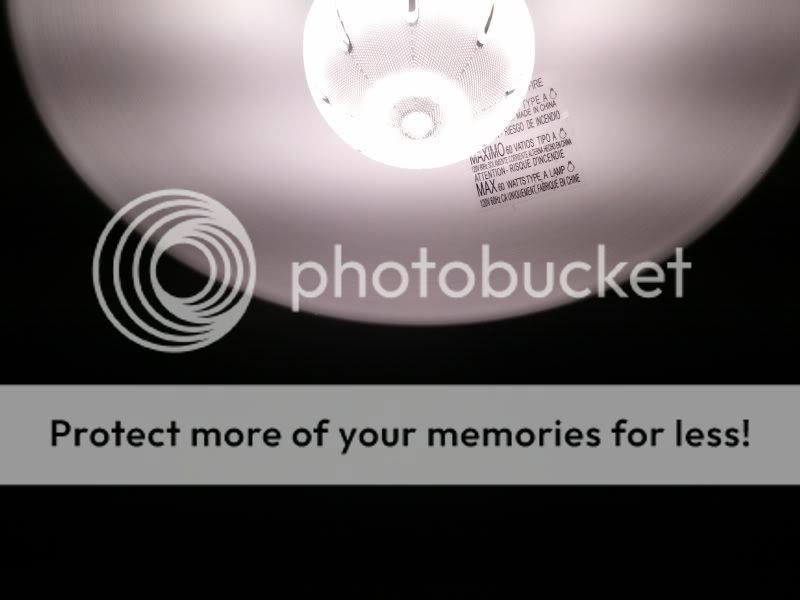
Exposure here is somewhere between the sensor getting flooded and dialing back. The banding against the reflector is a camera artifact.
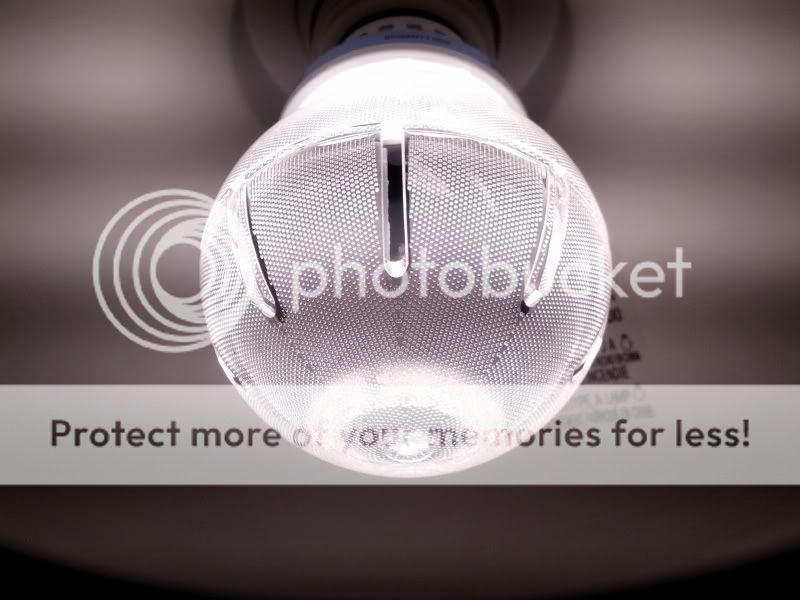
With exposure cranked all the way down, you can see the light guides at work. Looking at it with your own eyes it's almost impossible to see the cooling vents - the speckled pattern isn't visible at all although if you squint the relative brightness differences are apparent. Again, the banding in the background is a camera artifact.
Using the cover of A Day with Wilbur Robinson as a reference, I took a few pictures to test color rendition with varying white balances. Note that the linked image isn't the best representation - hit up Amazon for something closer to what it should look like.

Auto ... or florescent - they both exposed nearly identical

Incandescent

Sunlight
Of the three exposures, my eyes saw it as something between "incandescent" and "auto/florescent", incandescent being dominant. The "Sunlight" exposure isn't even close.
I was always curious about the 3M bulb, never saw one on Wal-Mart shelves, and since they didn't make very clear what "cool white" was I assumed it was 5000K like everyone else. Then I actually looked at the specs and was that it was my preferred color - 4000K. $25 and a trip to Wal-Mart later placed one in my hands.
At $25, the price is too high in today's market. Their choice of Wal-Mart as their sole retail partner further aggravates this problem since Wal-Mart is a discount retailer. Its competition on the 4' section of shelving reserved for LED bulbs at Wal-Mart consisted of garbage Lights of America bulbs priced to compete with CFL, somewhat better Feit Electric bulbs I'm not so trusting of, and the always-pricey GE bulbs collecting dust at $35-$40 each.
3M clearly isn't accustomed to selling consumer products that aren't Post-It™ notes or other semi-commodity consumables. The packaging is eye-catching, but easily damaged - the outer paperboard is a bit too thin for what they are trying to pull off. The front has the basic information, but the back is full of uninteresting regulatory junk. Thankfully, once the outer shell has been removed, the plastic shell can be flipped open without risking injury slicing open a dreaded welded clamshell. If you don't like it, it's easily returned to its package in pristine condition ... which might explain the wrinkles in the box on my sample.
The bulb is quite heavy - probably the heaviest I've seen - which is surprising since the lack of a prominent heatsink was one claim I read somewhere. There is a seam along the equator of the outer envelope that's not particularly appealing that I suspect will separate should the bulb drop from some height onto a hard surface. As was mentioned elsewhere, the lettering on the top of the bulb is almost impossible to read. Somewhat easily legible is an ETL certification stamp - something most consumers won't recognize, unlike UL or even CSA - which begs some questions about its certifications.
Operating in an overhead fixture with a ~150 degree "hood" reflector, it produces a very uniform output. I only noticed the speckle pattern from the fiber optic diffuser when holding up an object very close to the bulb. Light color was roughly the same as the 4000K LED tape accent lighting I installed elsewhere in the kitchen. I found the color rendering satisfactory. After a few minutes' operation the base got a bit warm, but not alarmingly so.
Efficiency is nothing special relative to newer models on the market - 800 lumens, 13.5 watts for 59.3 lumens per watt. I would not be surprised if these are closed out soon since they're apparently not flying off the shelves and in danger of obsolescence.

Exposure here is somewhere between the sensor getting flooded and dialing back. The banding against the reflector is a camera artifact.

With exposure cranked all the way down, you can see the light guides at work. Looking at it with your own eyes it's almost impossible to see the cooling vents - the speckled pattern isn't visible at all although if you squint the relative brightness differences are apparent. Again, the banding in the background is a camera artifact.
Using the cover of A Day with Wilbur Robinson as a reference, I took a few pictures to test color rendition with varying white balances. Note that the linked image isn't the best representation - hit up Amazon for something closer to what it should look like.

Auto ... or florescent - they both exposed nearly identical

Incandescent

Sunlight
Of the three exposures, my eyes saw it as something between "incandescent" and "auto/florescent", incandescent being dominant. The "Sunlight" exposure isn't even close.
Last edited:



